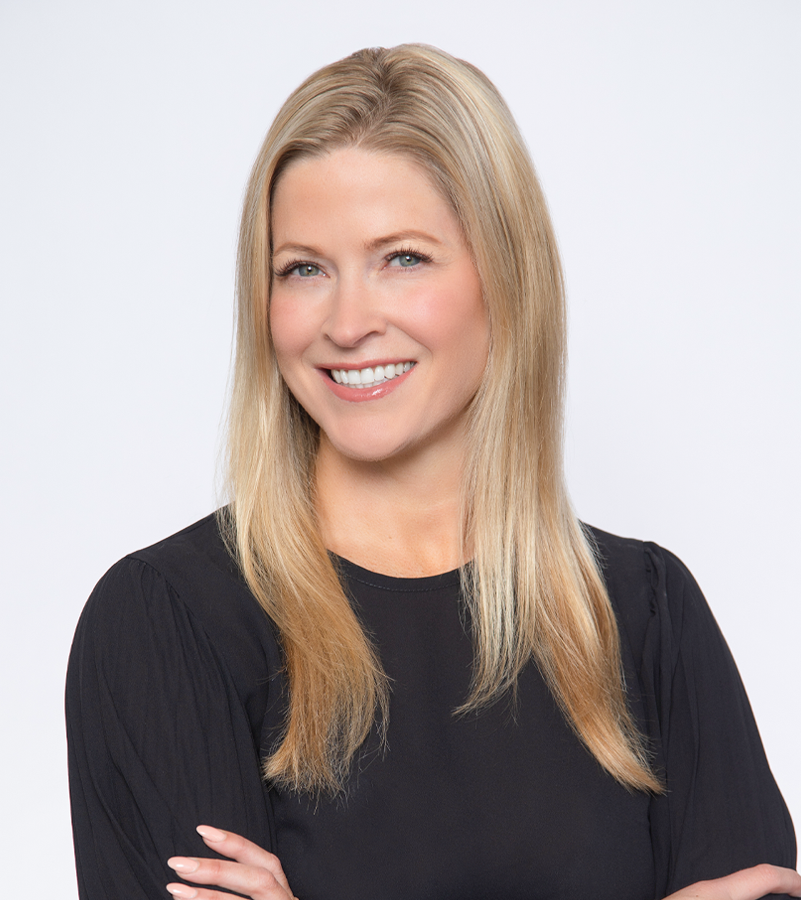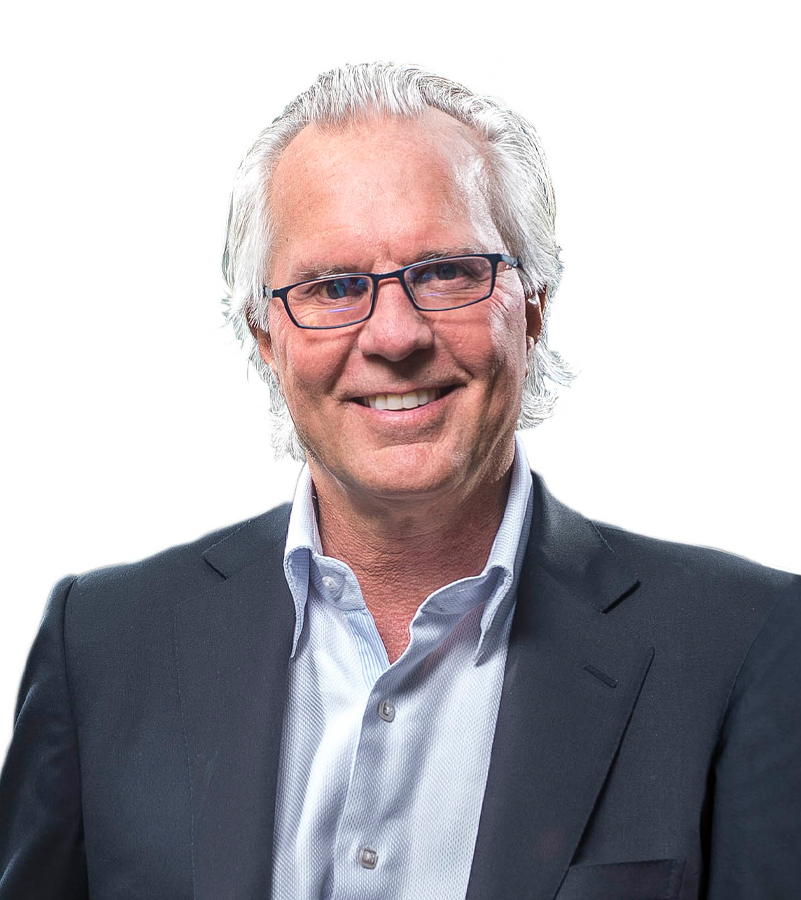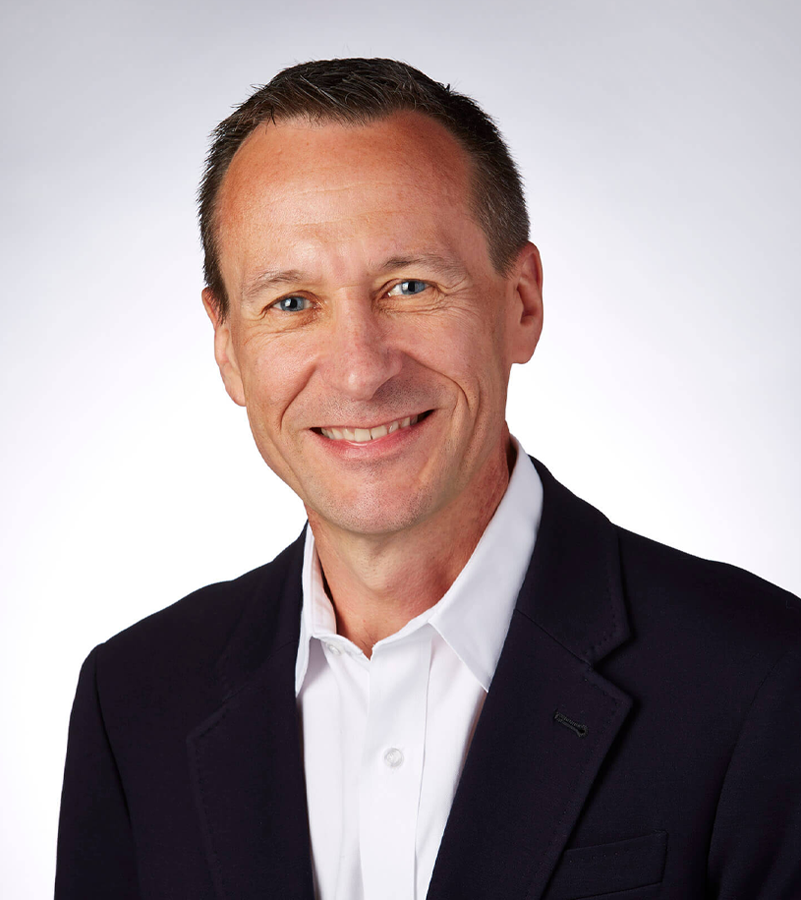"I think people should get back to the basic theory of treating people how you want to be treated.”
We understand that you are a tile and stone commercial contractor with more than six decades of experience. Would you perhaps start by giving us a brief introduction to the company as of today?
We focus mostly on commercial tile installations. A larger portion of our business is more tile than stone—about 80:20. We pretty much always work through GCs (general contractors), and they are always commercial projects. But where we’ve found that we can really have an edge is in multifamily, and we’re able to scale up and scale down easily. We have a great relationship with our employees, and we’re always able to hire additional people to help with these larger projects.
What would you say has been the key to the success of the company in the past several years?
Particularly coming out of the pandemic when there were fewer construction dollars going around, to be honest, it’s really focusing on the customer at the end of the day. Usually, my customer is a general contractor. So that means making my general contractors look good to their end customers, whether they are architects, homeowners or usually business owners, investment groups, development groups or multi-families.
So, I make my customers look good to their end customers so they come back. They can rely on me that the project will be done, it’ll be a high-quality installation, there won’t be back-and-forth and it will be on schedule. Just making my clients look good has really helped us continue to maintain a good book of work.
It’s interesting. I just had an interview with a company in Minnesota. They are a contractor, and they worked on the Raiders stadium in Las Vegas, doing the plans, electricity and all the complicated things. He mentioned that people only notice his job when he does a bad job, so everything must be perfect. I imagine that when it comes to tiles, if the lines are not perfect, then everybody notices. So I understand.
Yeah, it’s funny. There are millions of dollars in details throughout a project, and they cannot get their architect to stop talking tile. It’s like every single meeting includes the layout of the tile. If there’s a design in the tile, how are we going to really show the beauty of the tile? It’s that thing because it is beautiful. People get really excited about it.
Also, tiles are meant to last as long as your building. It’s a sustainable material. It’s meant to be there. So it’s not the place where you should start to cut corners. People use alternate materials that are not as sustainable and not as interesting and beautiful as they are. We’re on a project across the street from the 49ers stadium. It’s like 900 units, mix-use, some apartments and senior living facilities, but it’s right across the street from the 49ers stadium. And it’s like that’s just that piece of real estate is amazing. The developer that came in has efficiently and quickly built something beautiful that looks nice. It’s comfortable for its future tenants. It’s pretty cool. We’re so proud to be part of that project.
Fantastic. I would like to ask you about your diverse expertise as well. You work with many industries, including health care, education, facilities, offices, shopping malls, hospitality and the types of buildings that require your expertise. Could you perhaps tell us a little bit more about the industries you work with?
I would say it’s probably changing a little bit. Like restaurant has slowed down quite a bit. I don’t know if you know much about the Bay Area. The available office space in San Francisco and Oakland is huge. People aren’t switching offices and getting new leases like they used to be. That used to be a big part of our bread and butter, but the need for housing continues. There is a lot of multi-family housing.
Another area is retail. It’s just fascinating to see the beautiful details that go into beautiful retail storefronts. We did Aritzia recently, and that was just absolutely gorgeous. We’re doing a watch company and some different retail as well. Meanwhile, auto dealerships have never been more busy. So I would say we’ve had some shifts where the kind of demand is.
But to be honest, we like auto dealerships. They have big floors, and we’re able to get it done fairly quickly. Happy customers usually don’t need too many details, but you need a show-stopper floor. Same with housing. They’re looking for apartments that are sustainable. People move in. They won’t mess everything up right away. So, I would say that we’ve had some shifts in the type of projects we’re getting. Yeah, we’ve pretty much had shifts.
And I would like to ask you a little bit about the high quality of the materials. There are contractors who might be interested in hearing about that. Could you tell me a little bit about the materials as well?
It’s not always the detail of the material itself. It’s in the detail of how it’s installed. Maybe I’m a little jaded, but when it comes to how material suppliers are selling the materials, you can usually find similar things, or sometimes even the same thing with a different brand. It comes down to the installation and also the design around it.
So, if we’re working on a high-end Four Seasons bathroom, they’re very particular about where their stone cuts out to maximize the bathroom area. At the end of the day, it’s like a beautiful design that people want to take pictures of and be proud of when they stay in the room.
I would say it really comes down to installation. It’s making sure that if you have this really cool accent tile, it’s going to be there year after year and look great. It’s probably not going to fall apart, the color stays and there are no stains on it. Maintenance is key.
And besides installation, what would you say are your key competitive strengths?
It comes down to our work. We have a really great staff that we’ve had a really long time. We take training very seriously. When we bring somebody in, either someone who’s new to the industry or just one who hasn’t had real experiences. We helped somebody who gets jobs off Craigslist or just hasn’t had just kind of like a real sit down and see this is the way tile installation is.
I think it comes down to our people. The tile will get installed without me. The tile won’t get installed without our installers. We treat our people well. They stay with us. They’re loyal to us. They do a great job for us, and I think that’s really what gives me the competitive edge. I don’t want to work with jerks, so we’re not jerks. And being able to have like a professional relationship with our staff and also our clients, I think really helps people come back to me time and time again.
What will be your message for potential contractors or architects who might want to partner up with you?
We’re here for the partnership. We will help guide you through the best materials and installation methods. If we see any errors or design flaws, we’re here for you. We want your project to be a flagship project that will make you look good and make you want to take pictures and post them.
Should anything go wrong or if you’re behind schedule, we’ll help you catch up like we’re just here for you. We’re a good partner. We know what we’re doing. We’ll come in and do the job that you need to be done. We’re reliable.
What will be the key message that you would like to send?
Trust us to be your tile solution, and we’ll get it done with precision the first time.
Is there anything I haven’t asked you about that you think it’s important to mention?
For some reason, when I met with your colleague, my mind was on sustainability. Then, when I was rereading the deck and stuff, I didn’t think it said anything about sustainability. But that’s where my head was.
What I’m seeing is a push towards cheaper methods, at least initially cheaper methods to get the bank loan and get the project off the ground. Now, we really have to think about what we’re doing to the environment we’re creating. When we build these buildings or demo these buildings and put something new in their place, we really have to be thinking about the full construction lifecycle.
Your tile will still be there in 10 years, 50 years or 100 years. It’ll still be a great installation. But if you want to replace it, you crush it down, put some water on it and it becomes dust. It’s not harmful to the environment.
I had a couple of projects where the material was replaced. They moved it to these like vinyl products. Those glues, that material, it’ll be with you for life, and it’s horrible for the environment. It’s horrible for us. It’s horrible for your health. I realize that’s not what you guys are necessarily talking about for this piece. But I just think it’s such a huge component that we need to consider because we are continuing to build in California. There’s more. I drive up and down our two highways, 280 and 101. There are cranes and construction going everywhere. Make sure A, you’re building to last, and B, that it’s sustainable and not going to have a 10-year lifespan and then just become a landfill.
That’s what I was thinking, and that found us so excited. Yes, we need to get this message out there to be more sustainable. Building it might be more expensive upfront, but it’s better in the long run. I don’t know if that’s what you guys are talking about, but I think you should. Yes, there are fewer dollars today, and bank loans are expensive. However, think of the lifecycle of your project, and you will save money by using better products today.
I can definitely notify the writing team to talk a little bit about this. I think it’s quite a powerful message. At the end of the day, the more sustainable materials are the ones you don’t have to replace every 10 years. So I am completely with you. And my last question, Alice, will be: What is your vision for the company for the next three to five years? Where is the company going?
We’re trying to move into a place where our employees are financially incentivized. I know there may be two answers. This is my first one. This is like my business answer, where employees are motivated and they’re loyal. But you know, sometimes, it’s like this guy making X amount per hour, and this guy making Y amount per hour. It can feel a little bit arbitrary. What I’m really focused on is getting better metrics around who is producing what ROI. I want to turn that amount around and turn that into pure incentives for my staff and be able to bonus my tile setters who are really having an impact on the bottom line.
Probably twice a month, I get an email that gets forwarded to me from a client who says, “Hey, thank you guys so much. You did such a great job on this.” They’ll call out some of the tile setters by name. I’m trying to institute a reward system where my employees feel the appreciation financially. So that’s my one thing.
The second thing where I think the company is going is I want to be involved in more projects that make a difference such as the biotech space. I created that clean laboratory experience. I was able to create this. I’m very proud when I work on a restaurant that becomes Michelin Star. I’m just doing tile, but it’s such a show. It’s not structural. It’s not plumbing. I mean, it’s a showpiece, and I want to continue to be on these projects that people get excited about to see.
I actually have a very small story to share with you as well. Remember the company I just mentioned, Clayco. I interviewed the CEO last week, and he talked about the golden rule. But then he also talked about the mantra of the company, which is “Beyond These Walls.” It was a very moving story. He told me that the reason why the company has that mantra is because his wife saw it that way 10 years ago. Before dying, she said to him, “You need to stop thinking of these buildings just as buildings. You need to think beyond the walls. What is really important is what happens inside the buildings. If you build a hospital, that hospital will be saving lives. Unfortunately, his wife passed away. Then he decided to change the philosophy of the company.
After that interview, I really understood what had made them grow so much. You can tell in the nature of the people, the messages they send and the philosophy they have why they became one of the biggest in the country. I believe they have around 5,000 employees.
You share many points, and I believe you could actually cooperate because they do the type of projects you work with. I’ll write it in the email. The company is called Clayco. The CEO is Bob Clark. He founded the company 40 years ago. In case you want to reach out. I think you may have some synergies with him. He’s building a new state-of-the-art office. They are planting, I believe, 1,000 trees, and the building is all about sustainability. They want to showcase their own office. They are also at the national level. So I think you can definitely cooperate. Any last-minute thoughts, Alice?
No, I think those are the big ones. Thank you for humoring me, as they kind of went off-tangent. I just think it’s important, and I hope that sustainability is a large piece of it, not just because we should put the word organic on everything and make customers happy, but because I think it matters. I think that what we’re doing today will impact our environment tomorrow in 10 years, 20 years, or 100 years. I’m not talking about eight years in the short term. I hope it makes sense. So, thanks for hearing me. I appreciate it.



















